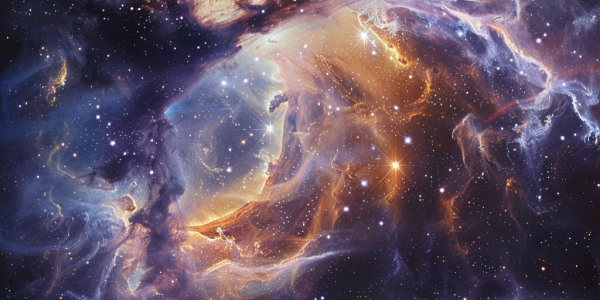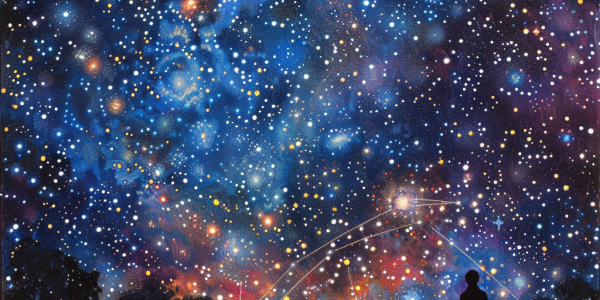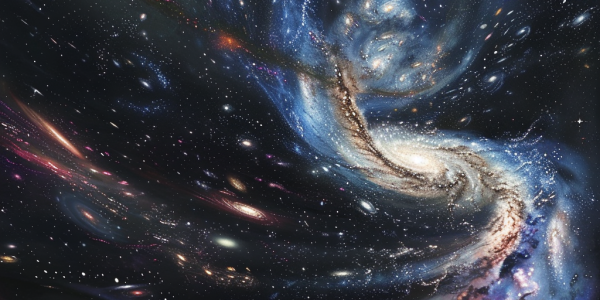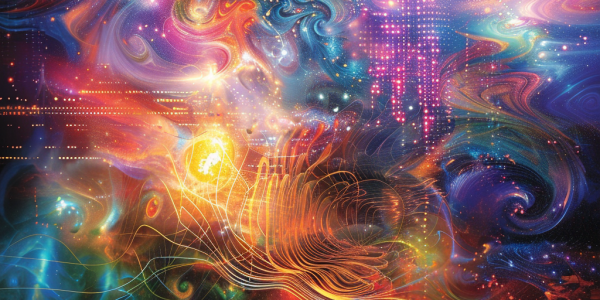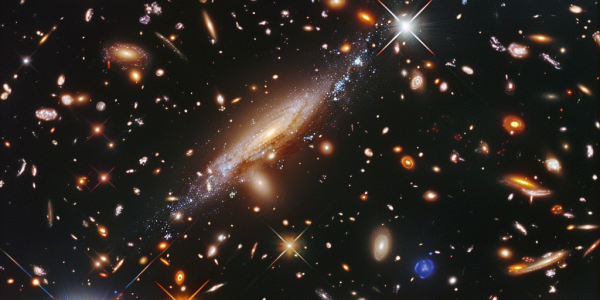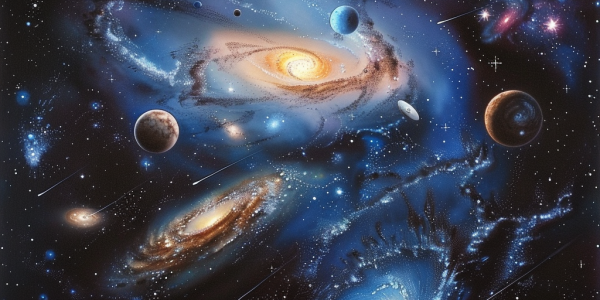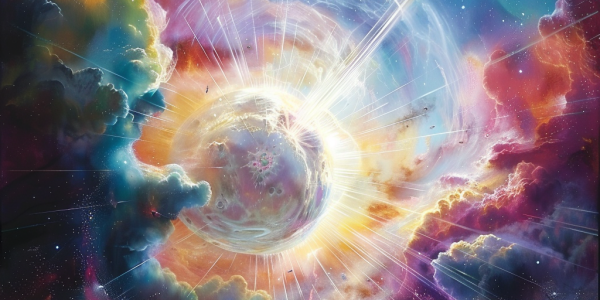NASA’s Webb Telescope Challenges Planet Formation Theories with New Discoveries
NASA’s James Webb Space Telescope has uncovered groundbreaking evidence of protoplanetary disks around ancient stars in the Small Magellanic Cloud, challenging existing theories of planet formation. These findings reveal that disks persist much longer than previously thought, enhancing our understanding of how planets form and the potential for life beyond Earth.
The Night Sky: A Glimpse into the Past
When we gaze at the night sky, we’re not just seeing stars; we’re looking back in time. The universe, approximately 13.6 billion years old, reveals fascinating insights as light from celestial bodies takes years, even millions of years, to reach us. Discover how the light from the sun, moon, and distant stars connects us to the cosmos’ history and the incredible distances involved in this cosmic journey.
New DESI Findings Challenge Understanding of Dark Energy and Universe’s Fate
Recent findings from the Dark Energy Spectroscopic Instrument (DESI) collaboration have reaffirmed Einstein’s general relativity while challenging our understanding of dark energy. With dark energy accounting for nearly 70% of the universe, new evidence suggests it may be weakening, raising profound questions about the universe’s future. As researchers explore these revelations, the implications could reshape cosmology and our comprehension of the cosmos.
DOE Allocates Supercomputer Resources for Groundbreaking Cosmic Ray Research
The U.S. Department of Energy has committed significant supercomputer resources to advance computational science, including a groundbreaking project by Drummond Fielding at Cornell University. His research on cosmic ray transport in interstellar turbulence, utilizing the Frontier supercomputer, aims to uncover vital insights into galaxy formation and black hole growth. This initiative underscores the importance of high-performance computing in modern astrophysics and promises to reshape our understanding of the universe.
New Research Uncovers Secrets of Elliptical Galaxy Formation
Recent research from the University of Southampton reveals that massive cosmic collisions around 12 billion years ago were crucial in the formation of elliptical galaxies. This groundbreaking study, published in Nature, highlights how the collision of disc galaxies led to intense star formation, reshaping our understanding of galaxy evolution in the early universe.
Discovery of Unusually Aligned Dwarf Galaxies Challenges Dark Matter Theories
A groundbreaking discovery reveals a group of dwarf galaxies aligned in a near-straight line, challenging existing theories of dark matter and galaxy formation. Researchers, led by Sanjaya Paudel from Yonsei University, found these galaxies 117 million light-years from Earth, exhibiting coherent rotational dynamics that contradict the cold dark matter model. This study opens new avenues in astrophysics, suggesting the need for reevaluation of dark matter’s role in the universe.
Frontier Supercomputer Executes Largest Universe Simulation, Advancing Astrophysics
The Frontier supercomputer at Oak Ridge National Laboratory has executed the largest simulation of the universe, enhancing our understanding of cosmological hydrodynamics. This groundbreaking achievement, led by a team from Argonne National Laboratory, showcases the power of high-performance computing in astrophysics, pushing the boundaries of our knowledge about the universe’s evolution and structure formation.
Exploring the Enigmas of Dark Matter and Dark Energy
Explore the mysteries of dark matter and dark energy, which together constitute about 95% of the universe’s mass-energy content. This article delves into the enigma of dark energy, the invisible nature of dark matter, and the ongoing search for dark matter particles, revealing their crucial roles in cosmic evolution and the universe’s accelerated expansion.
Navigating Digital Privacy: Understanding Cookies and Data Management
In today’s digital age, understanding privacy choices is crucial as websites utilize essential and optional cookies for functionality and personalization. A recent study using the James Webb Space Telescope reveals new insights into early black hole formation, emphasizing the intersection of data privacy and scientific discovery.
Pulsars May Illuminate Dark Matter Mysteries Through Axion Detection
Recent advancements in astrophysics reveal that rapidly spinning neutron stars, or pulsars, may play a crucial role in detecting dark matter through the production of axions. Research from the University of Amsterdam suggests these elusive particles could be generated in significant quantities, offering new insights into the universe’s mysteries and the fundamental nature of dark matter.

